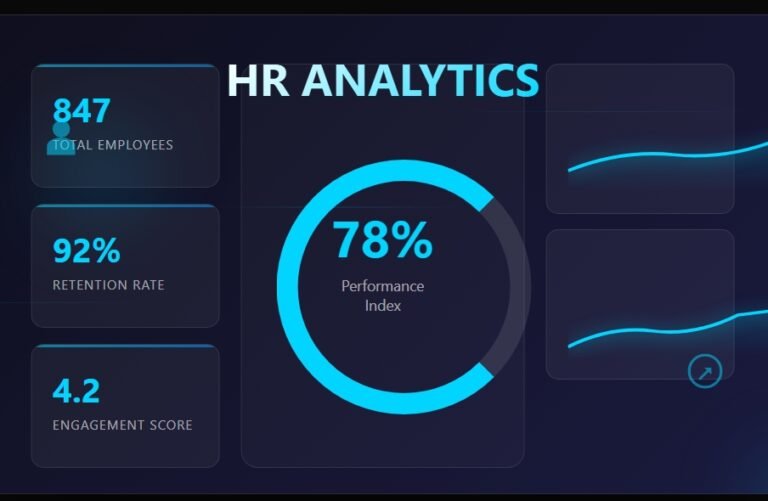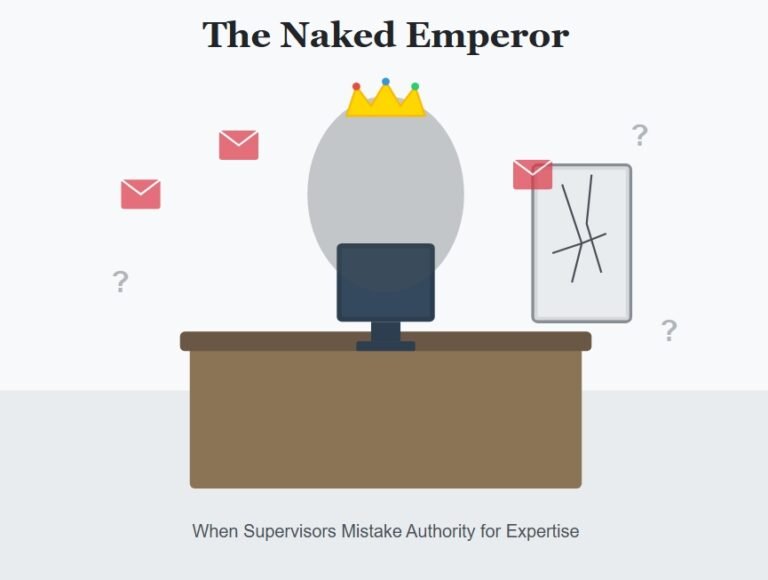There are seven types of organizational structures.
• Departmental
• Chain of command
• Span of control
• Work specialization
• Formalized
• Centralized or decentralized
• Matrix
Departmental. This is where tasks are divided into separate duties, grouping people and
jobs together. The purpose is so that work can be coordinated. It can be functional in
nature, divisional, or matrix.
Chain of Command. This is a structure where an employee typically reports to
one manager in an up-down format, with a clear line of decisions and authority.
Chain of command is becoming less recognized in organizations today because more and
more organizations are pushing decision-making downward matrix lines, which causes
the line of authority to look more lateral.
The span of Control. This organizational structure refers to the number of individuals who
report to a single supervisor. It’s hierarchically in nature through a chain of command.
For example, there is an executive at the top, then managers, then supervisors, and then
direct reports, much like a pyramid. In organizations where many workers are skilled and
require little supervision, they may report to one supervisor; this would be considered a
flat organization.
Work Specialization. Work specialization was first associated with the assembly line.
It is where tasks are divided into specific jobs and workers are considered skilled labor. It
may offer a more efficient manner of productivity, yet on the other hand, it can lead to
worker boredom. Today’s organizations using this organizational structure will typically
rotate job functions on a regular basis, training the workers in skills that add variety to
their tasks.
Centralized or Decentralized. To centralize or decentralize, that seems to be the question
and the cycle of several long-standing organizations. Centralizing pulls decision-
making authority to a central level of management, such as headquarters. Decentralizing
is pushing the authority level and decisions out to units, such as regional divisions.
Centralizing and decentralizing continuum is also applicable to HR departments.
With decentralized structures, corporate headquarters will create policies and develop pro-
grams; rollout and application are then carried out by the HR staff in the regional divisions.
When the organization is centralized, HR headquarters would make the policy and
coordinate the rollout activities or administrative functions.
Matrix. Matrix structures create a dual chain of command, rather than a singular
chain of command. A function, such as HR, would report to the local division executive
at a facility, along with a direct reporting function to the head of HR in the head-
quarters office, which is typically located in another geographical area. As a result, the
HR manager at the division location would have two managers, with neither manager
having a superior role over the other in this reporting relationship. A huge disadvantage
of this type of reporting relationship is the conflicting priorities of the division
and the headquarters. The employee with two direct superiors is attempting to follow
the direction of one, and the other is competing for their priority. It can be a bit of
a tug-of-war.
RACI Matrix. RACI is an acronym standing for responsible (R), accountable (A), consulted
(C), and informed (I). The RACI matrix is used by organizations to better define
the roles and responsibilities of each member of an organization.
• There should be only one person responsible (R) for a work assignment. Having
more than one person responsible for the same task increases the probability that
there will be duplication of work or that some portions of the work will not be
performed.
• Accountable (A) means an individual is designated to oversee the completion of
the assigned tasks.
• Consulted (C) means there are appropriate subject-matter experts when necessary.
They will suggest any deviations from the standard procedures that may be necessary.
• Informed (I) are those who have an interest in the task being performed. It could
be a manager who oversees the given task or someone who cannot begin the next
task until this one is completed.



